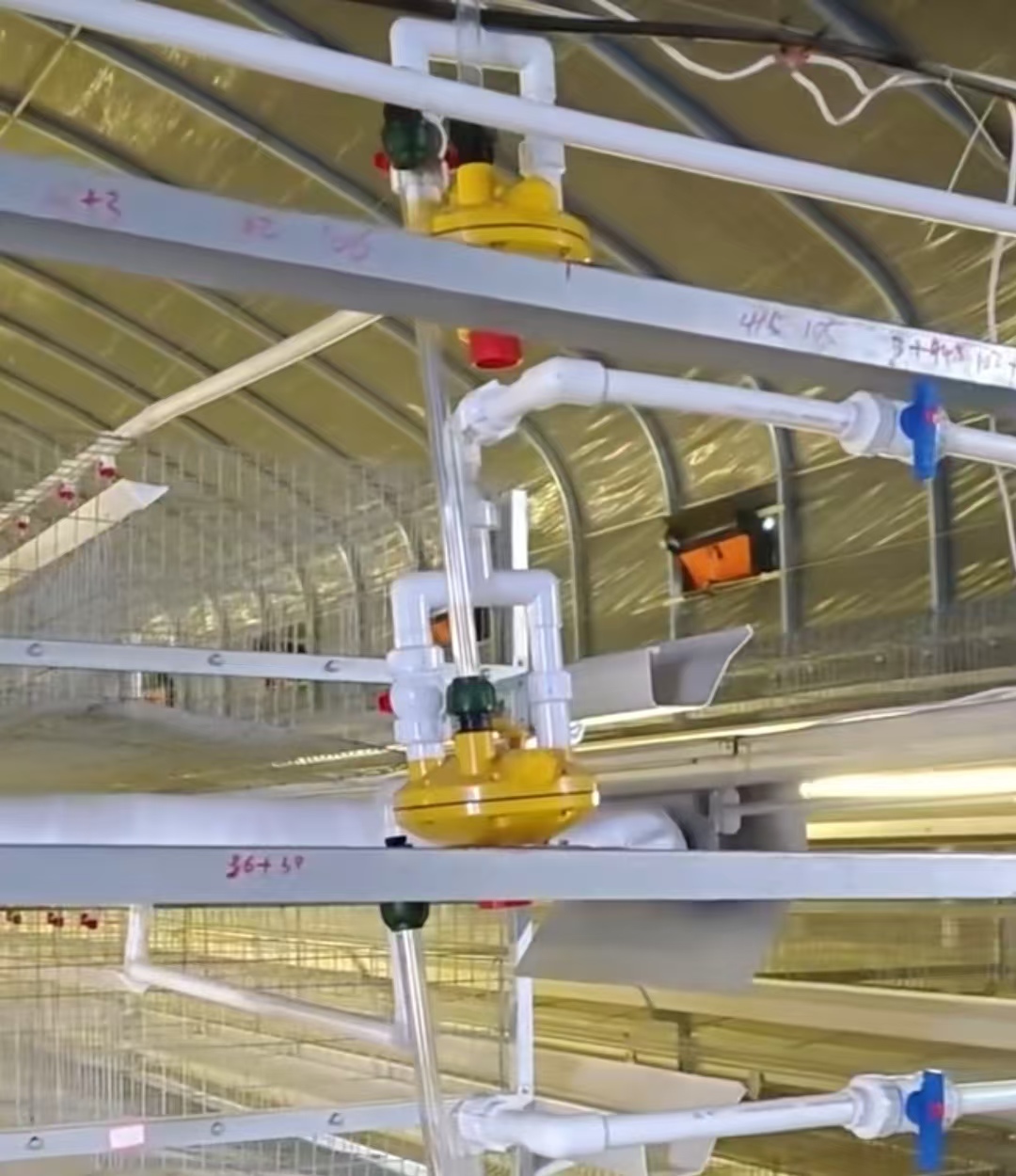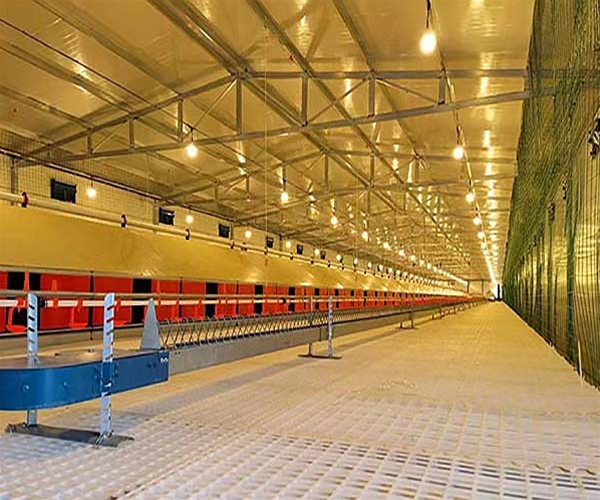With the growth of the farming industry, more poultry farms are using pressure relief valves to control and adjust water pressure. This ensures a stable farming environment. However, many farmers are not familiar with the correct installation methods for pressure relief valves. This leads to suboptimal performance and potential safety hazards. This article provides a detailed explanation of how to install a pressure relief valve. It will help you master the skill with ease.
Preparation Work About Relief Valve
- Choose the Right Model for the Pressure Relief Valve: Select a pressure relief valve that fits your farm’s specific needs. Depending on the requirements, you may choose specialized models. These include sterile, shockproof, or anti-corrosion valves.
- Prepare the Necessary Installation Tools: You will need wrenches, screwdrivers, electric drills, cutters, and other tools to complete the installation.
- Prepare the Installation Location: Select an appropriate location for the valve. Ideal locations include the water pump outlet or at corners of water pipes.
Installation Steps About Relief Valve
- Shut Off the Water Supply: Before installing the pressure relief valve, shut off the water supply. This ensures safety during installation.
- Install the Pressure Relief Valve: Position the valve in the chosen location. Make sure the valve is oriented correctly. The inlet should be near the water pump outlet. The outlet should connect to the water pipeline used for the farm.
- Connect the Pipeline: Use a wrench to connect the valve to both the water pump and the farm’s water pipeline. Avoid applying too much force. This could damage the valve or the pipe.
- Check the Connections: After connecting everything, turn the water supply back on. Check for any leaks. If you detect any leaks, promptly adjust the connections.
- Adjust the Pressure: To maintain a stable farm environment, adjust the valve’s pressure as needed. You can do this by turning the adjustment nut on the valve:
- Turn the adjustment nut counterclockwise to lower the pressure.
- Once the pressure reaches the desired level, turn the nut clockwise to stabilize it at the set value.
- Complete the Installation: After confirming the valve is functioning properly, turn off the water supply. Finish the installation.
Installing the Cage Poultry Water Lines
In poultry farming, especially in cage systems, it is essential to install a water line. This ensures consistent water supply to the birds. Here’s how to install the water line:
- Install the PVC Pipe: First, lead the water from the main pipe to the water lines using PVC pipes. These pipes should be durable and resistant to wear.
- Use Tee or Elbow Fittings: Use tee or elbow fittings to divide the water supply to each level of the cage. These fittings allow the water to flow efficiently to each layer of the water line.
- Install One Water Line per Layer: For multi-tiered cage systems, install a separate water line for each layer. This ensures that each tier gets an adequate water supply.
- Install Pressure Relief Valves on Each Line: To maintain appropriate water pressure, install a pressure relief valve on each water line. This ensures the water pressure stays at optimal levels, preventing flooding or inadequate water flow.
Important Considerations
- During installation, ensure all connections are tightened properly. This prevents leaks or damage to the equipment.
- When adjusting the pressure, adjust it based on the actual needs of the farm. Avoid setting pressure levels that are too high or too low, as this can affect the farm’s environment.
- Regularly check the valve’s performance and condition during use. Carry out maintenance or replacement as needed.
Correct installation of the pressure relief valve is essential for maintaining a stable and safe farming environment. This guide will help you master the installation process. It ensures the safety and efficiency of your farm’s water management system.


